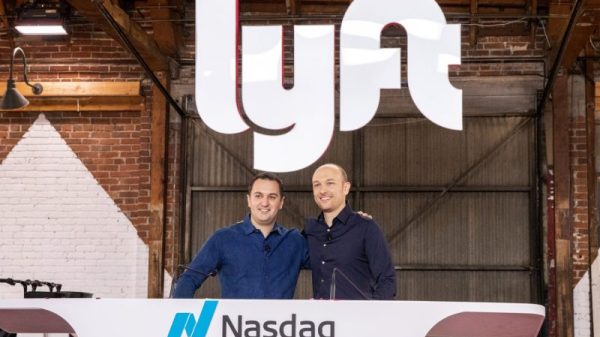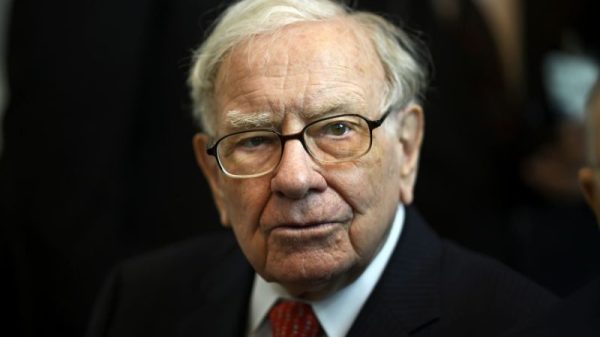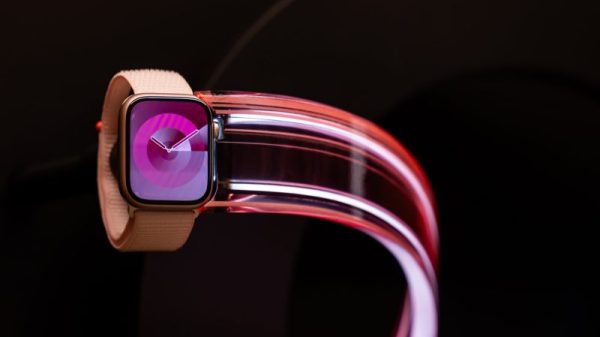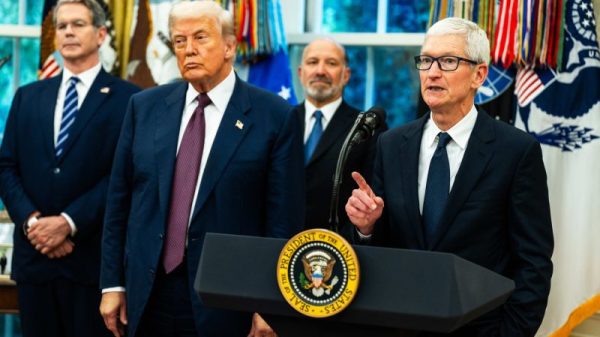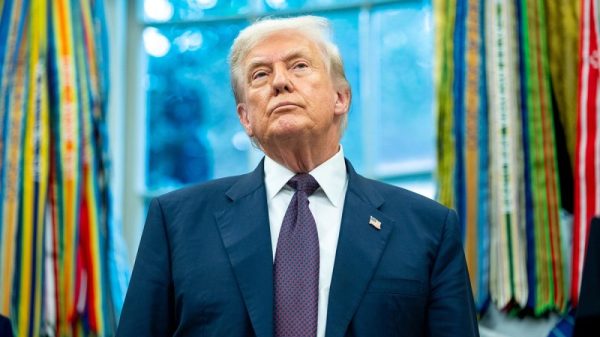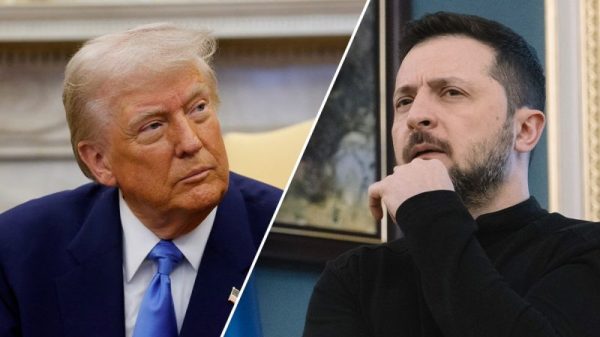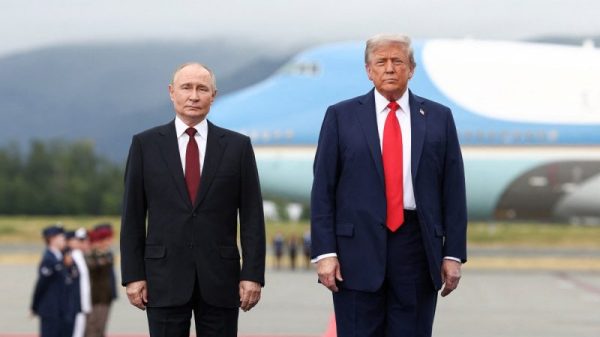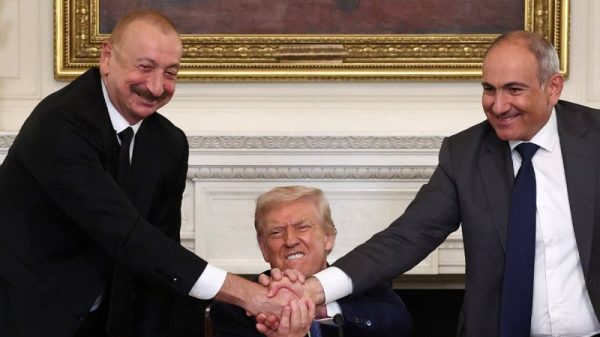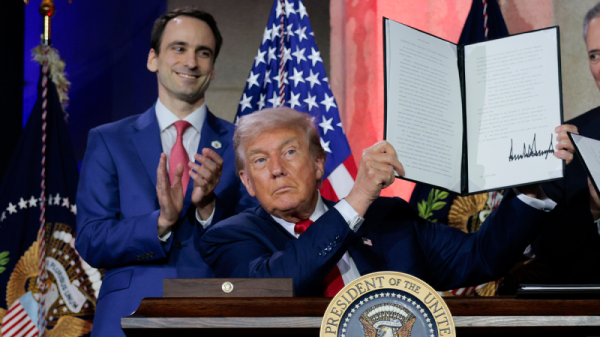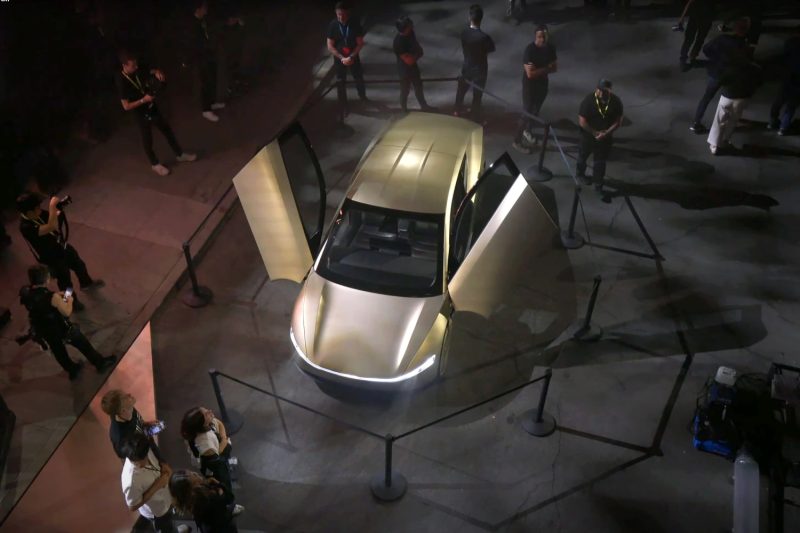In a recent legal battle that has caught the attention of both tech and movie enthusiasts alike, Elon Musk’s Tesla, Warner Bros., and Discovery have found themselves at the center of a lawsuit over the alleged use of intellectual property in the promotion of Tesla’s Cybercab AI technology.
The lawsuit, stemming from the promotion of Tesla’s Cybercab AI technology, revolves around the striking similarities between the promotional material and the critically acclaimed science fiction film Blade Runner 2049. The plaintiff, an independent artist and filmmaker, claims that the promotional video for Tesla’s Cybercab AI bears a resemblance to his own work, which he alleges was improperly used without permission.
At the heart of the dispute is the use of visual elements and thematic content in the promotional video. The plaintiff argues that Tesla’s promotional material mirrors key scenes and design elements from Blade Runner 2049, raising concerns of copyright infringement and unauthorized use of intellectual property.
In response, representatives for Tesla, Warner Bros., and Discovery have firmly denied the allegations of infringement, stating that the promotional material for Cybercab AI was created independently and without any intention to misappropriate the work of others. They maintain that the video was inspired by a vision of the future and aimed to showcase the capabilities of Tesla’s AI technology in a visually engaging manner.
Legal experts are closely watching the developments of this case, as it raises important questions about the boundaries of creative expression, intellectual property rights, and fair use in the digital age. With technological advancements blurring the lines between reality and fiction, the case serves as a reminder of the importance of respecting and protecting the work of artists and creators.
As the legal proceedings unfold, it remains to be seen how the courts will determine the outcome of this dispute and what implications it may have for the future of creative industries and marketing practices. The case serves as a cautionary tale for companies and individuals alike, highlighting the potential risks of drawing inspiration from existing works without proper authorization or acknowledgment.
In the ever-evolving landscape of technology and entertainment, the intersection of art, innovation, and commerce can be a complex and contentious realm. As the lawsuit between the plaintiff and the defendants continues to unfold, it underscores the need for clear guidelines, ethical practices, and legal safeguards to protect the rights and interests of all parties involved in creative endeavors.






